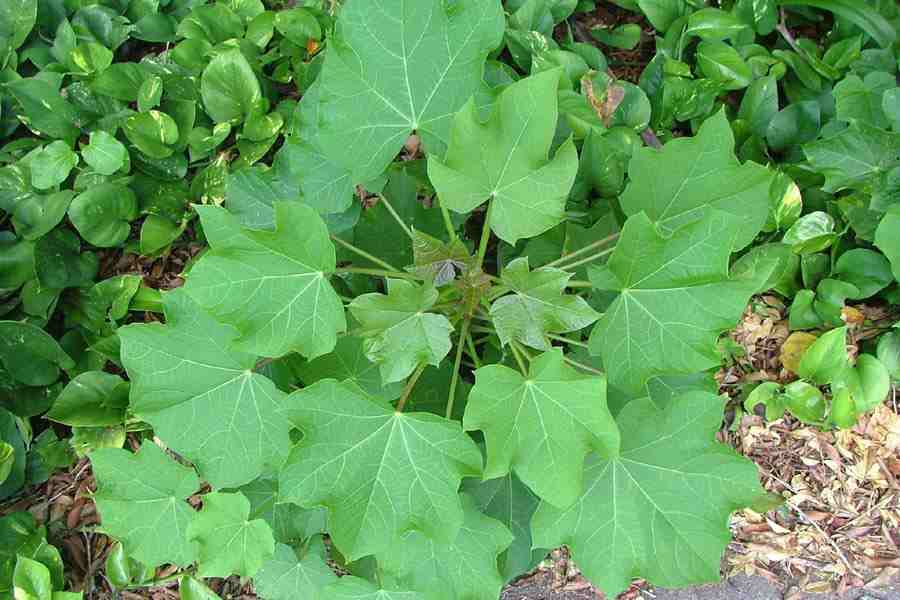Pests Of Jatropha
페이지 정보

본문

Jatropha Curcas is getting significance commercially as the demand of fossil fuels increases significantly and also Jatropha is an eco-friendly energy plantation. Plantation of this plant is thought about to be an outstanding fuel alternative and it is also very cost-effective compared to other fuels. Recently, Jatropha is dealing with some difficulty with insects and illness. The insects are classified into two ranges: Pest that affect young plants and Pest that affect matured plants.
Young plant bugs: Cutworm, Scarabeid Beetle, Army worm, Grasshopper.
Agrotis ipsilon: It is typically referred to as Cut worm. This insect impacts the seedlings and young Jatropha plants. If the plant is impacted by the cutworm, the stem gets cut nearer to the soil surface and this will shrunk the plant totally.
Control: This insect can be managed by selecting the larva found around the plants or by mixing the bran, sawdust with insecticides.
Scarabaeid Beetle: This insect ruins the root of the young plant. Initially, the larva consumes the raw materials present in the soil and then pertains to the root. The larva attack may kill the entire plant.
Control: The plant with excellent resistance power can get rid of the insect. For heavy attack, insecticides with parts carbosulfan and carbofuran can be utilized to eliminate the pest.
Army worm: Spodoptera litura presence can be determined by biting in the leaves. The severe infection could totally kill the plants.
Control: Insecticides are utilized to manage the pests.
Grasshopper: This prevails insect discovered in numerous plants. Valanga nigricornis and Locusta migratoria widely attacks the plant. The pest often assaults the young plant.
Control: The insecticides used betacyfluthrin, cypermethrin, thiodicarb, MIPC, and fipronil.
Pest observed in fully grown plants:
Pest of Stem: Ostrinia furnacalis, Xyleborus spp.
Ostrinia furnacalis and Xyleborus: This bug harms the Jatropha stem and it is commonly seen in Indonesia. The stem assaulted by this bug usually fall down. The presence can be identified by the larva penetration hole at the stem.
Control: The Insecticide generally utilized to manage this insect is carbofuran.
Pest of leaf: The typical insects observed are leaf caterpillar, Neetle caterpillar, Leaf hopper, Mite, Ear corn caterpillar.
Leaf Caterpillar: This insect can consume all the leaves of the plant simply put duration. The quality and yield of the seeds get reduced due to the heavy attack.
Control: This can be controlled by selecting the old larvae around the surface and discarding the assaulted leaves.
Needle Caterpillar: This is covered with spinal columns and produces a burning sensation when enabled to call with skin as it produces certain chemical compound. Initially the pest crowded in the leaf and after that spread out all over the plant when it ages.
Control: Manually, the pest can be eliminated only by soaking it in water or kerosene. The heavy attack can be controlled by spraying organophosphate insecticides.
Leaf Hopper: This bug is found mainly in tropical and subtropical areas. The insect targets the leaf and sucks all the nutrients of the leaf and gets curls at the tip. Later, the entire leaf dry and pass away.
Control: The heavy attack can be controlled by utilizing insecticides like imidachloprid, beta cyfluthrin or carbosulfan.

Mite: Mite also assaults the leaf and makes the whole plant weak. The pest presence can be recognized when the leaf become yellowish, shrinks, reddens and fall down. The bug can also be spread out through fallen leaves.
Control: Some preventive procedures can be done like proper sanitation and burning the fallen leaves. Heavy attack can be treated by spraying insecticides.
Some dreadful bug which attacks flower and fruit are, Stink bug (Nezara viridula)
Chrysocoris javanus, Tip borer caterpillar.
Stink Bug: Sting bug is a serious pest which assaults the plant throughout blossom duration so the crop yield completely falls down. This insect is seen around the tropical region.

The toxic enzyme in the plant diminishes the entire plant.
Control: Insecticides recommended for this pest is chlorfluazuron, diflubenzuron, alfamethrin, and lamda cyhalothrin.
Tip borer caterpillar: The pests typically takes place attacks the plant in blooming season and this bug is seen commonly in tropical areas. The female insect laid the eggs on the tender part of the plant and the young larvae feed the young fruits and plant ideas.
Control: Manually, the attacked seeds are recommended to burn. The insecticides like monocrotophos and bensultap are sprayed at the blooming season.
- 이전글Desert 'carbon Farming' To Curb CO2 25.01.12
- 다음글How to Find Countertop Contractors Who Stay Up-to-Date on Trends 25.01.12
댓글목록
등록된 댓글이 없습니다.

